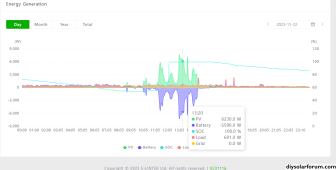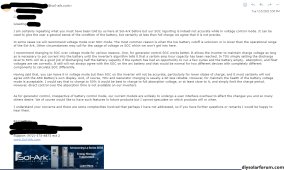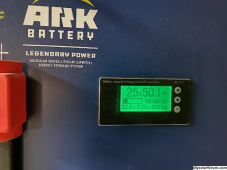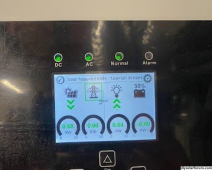and EXACTLY the reason why they want Comms, same goes for Deye and Sunsynk...
SOC tracking by voltage for lifePO4 is iffy at best ( as explained by RCinFLA), and all inverters that do, fail miserably at it...
If that were the case, closed loop comms wouldn't work either!! How would the battery track SOC internally????
There are 2 ways that LifePo4 batteries track SOC internally.
#1 is by running the negative current from the battery through the circuit board of the BMS, and tracking what goes in or out.
#2 is by having a shunt, and the negative current runs through the shunt, then by watching the millivolts read across the shunt they track what goes in or out....
(I know there may be other variations, but these 2 are the basic jist of it!)
Both scenarios are a "columb counter" as explained by RCinFLA.
Both scenarios use algorithms to calculate the columbs, AH, or whichever form of power measurement you prefer to put it as, going in and going out. Both scenarios use the same type of algorithm that Sol-Ark does. Sol-Ark is using a shunt. I have seen it, their docs state it.
And furthermore, if SOC tracking on LifePo4 batteries is iffy at best, then explain to me why it works for me with Schneider, Midnite, Outback, Victron, Magnum, Tri-metric........ all of these brands I have set up battery monitors ON LIFEPO4 and got them to track pretty accurately!
No battery monitor is perfect! Every last one will at times run off, especially when the batteries don't get completely full for weeks at a time!
On Sol-Arks I see the SOC run off even when the batteries were full 2 or 3 days ago!
I still stand by what I said. If Sol-Ark says (especially on the spec sheet) that they have a shunt "for Accurate % SOC", and that is exactly the wording on the spec sheet, then they should do better than they do!








